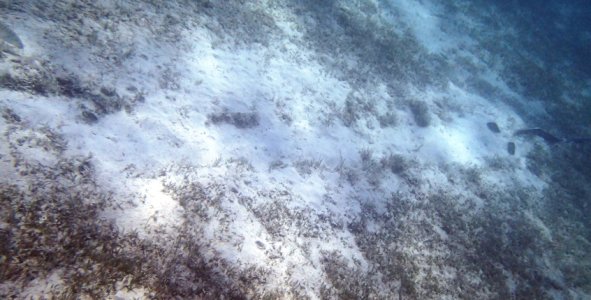vyv_cox
Well-known member
I don't think there is much wrong with your anchor or your technique. I had a Delta for many years and used it widely in the Ionian. Soft mud is its Achilles heel but there is not a lot of that there. My technique is close to yours but I sense that you are not certain about scope measurement. It is measured from the bow roller, so check the offset from your depth sounder.
I would not use any serious reverse power until I have at least 3:1 out in 4-5 metres but you will probably need to trickle power astern to get there.
Not sure about your copy anchor. It will probably be ok but ensure it is very precisely symmetrical. Even 2 degrees of misalignment will ruin setting (Rocna information)
I would not use any serious reverse power until I have at least 3:1 out in 4-5 metres but you will probably need to trickle power astern to get there.
Not sure about your copy anchor. It will probably be ok but ensure it is very precisely symmetrical. Even 2 degrees of misalignment will ruin setting (Rocna information)

